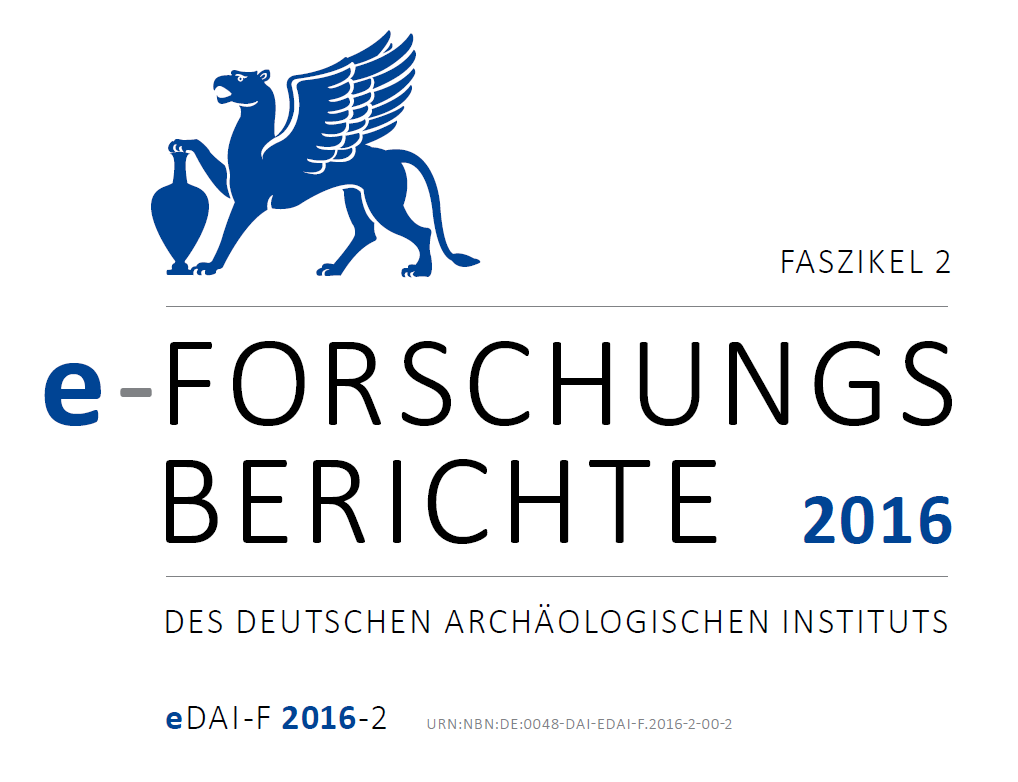Ancona und Capua, Italien: Die Amphitheater
https://doi.org/10.34780/amha-h6a1
Resumo
Founded by the Greeks of Siracusa, Ancona was later an important Roman city. Two important remains date from that period: the Amphitheatre and the Arco di Traiano, dominating the new port constructed after the Dacian Wars. From the amphitheater, located on the hill that was home to the Greek acropolis, it is still possible to see the steps of the cavea and, moving through the adjacent streets, the magnificent basements integrated in the medieval houses. The thermal baths in its annex feature breathtaking mosaics with various epigraphs.
The amphitheater of Santa Maria Capua Vetere, the ancient Capua is the third largest in the ancient world, with axis lengths of 166.38 × 136.67 m, after the amphitheater of Pozzuoli and the Colosseum in Rome, and has many architectural references to the Coliseum. It was erected probably in Flavian times and restored by emperor Hadrian and dedicated by Antonius Pius. Eighty Doric arcades formed the exterior disposed on third levels. It could contain more than 50.000 spectators and the subterranea are among the best preserved in the world.





